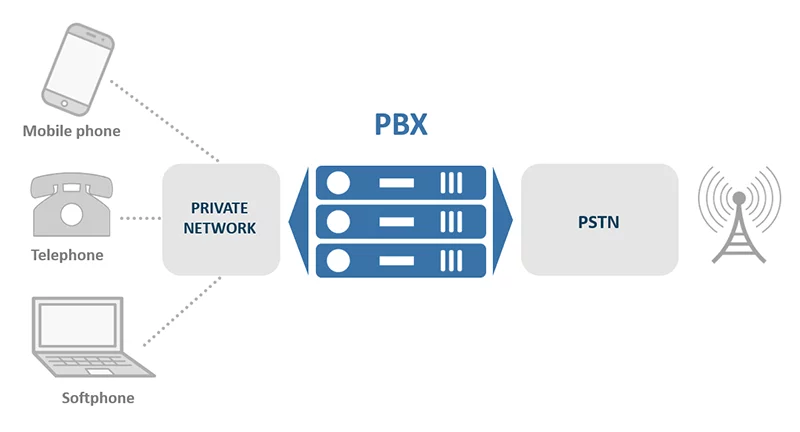One powerful tool that has transformed the landscape is Google Ads. It offers a targeted approach to reaching potential patients searching for plastic surgery services. The strategies and tips for maximizing your Return on Investment (ROI) with Google Ads for plastic surgeon practices. Whether new to plastic surgeon marketing or looking to refine your strategies, we’ve got you covered. A trusted partner, DMA, to help you navigate the digital marketing realm effectively.
1. Understand the Power of Google Ads:
Google Ads is a versatile and robust advertising platform that allows you to target potential patients at the right moment. It leverages the power of intent-based advertising, meaning that your ads are shown to users actively searching for plastic surgery services. This makes it an efficient and cost-effective way to reach a highly relevant audience.
Google Ads offers various ad formats, including text ads, display ads, and video ads, giving you the flexibility to choose the most suitable format for your goals. Moreover, it provides detailed reporting and analytics, enabling you to track the performance of your campaigns, measure ROI, and make data-driven decisions.
2. Keyword Research is Key:
In-depth keyword research is the cornerstone of a successful Google Ads campaign. Start by compiling a list of keywords relevant to your plastic surgery services. This list should encompass a wide range of potential search queries that potential patients might use when seeking procedures like breast augmentation, rhinoplasty, or liposuction.
Utilize keyword research tools to identify high-intent keywords and assess their search volume and competition. Long-tail keywords, which are more specific phrases, can be particularly valuable as they often indicate a stronger intent to convert. Build your campaigns around these keywords to ensure that your ads appear when potential patients are actively seeking your services.
3. Create Compelling Ad Copy:
Your ad copy is your opportunity to make a compelling first impression. Craft persuasive ad copy highlighting your practice’s unique selling points (USPs). Consider emphasizing factors such as your years of experience, board-certified surgeons, state-of-the-art facilities, patient satisfaction rates, and any specializations.
Use action-oriented language to encourage clicks. Incorporate clear and compelling calls to action (CTAs) in your ad copy, such as “Schedule a Consultation,” “Learn More,” or “Contact Us Today.” Your ad copy should align seamlessly with the keywords you’re targeting to ensure relevance and increase click-through rates.
4. Leverage Ad Extensions:
Ad extensions are additional snippets of information that can accompany your ad. They provide valuable details that can make your ad more appealing and informative. For instance, site link extensions allow you to direct users to specific pages on your website, such as “Procedures,” “Meet the Surgeons,” or “Testimonials.”
Callout extensions allow you to highlight key benefits or offers, such as “Free Consultations,” “Board-Certified Surgeons,” or “State-of-the-Art Facilities.” Location extensions provide essential information for local practices, including your address, phone number, and a map showing your location. By utilizing ad extensions effectively, you can increase the visibility and relevance of your ads, ultimately improving your click-through rates and conversions.
5. Implement Conversion Tracking:
Conversion tracking is an indispensable tool for measuring the effectiveness of your Google Ads campaigns. It allows you to monitor the actions that matter most to your practice, such as form submissions, phone calls, or appointment bookings. By tracking these conversions, you gain valuable insights into which campaigns, keywords, and ad variations drive the most qualified leads.
Conversion tracking enables you to attribute a specific ROI to each aspect of your campaign, from individual keywords to ad copy variations. This data empowers you to allocate your budget more effectively, investing in the strategies that yield the best results and optimizing or pausing underperforming elements.
6. Geographic Targeting:
Geographic targeting is crucial for plastic surgeon practices, as you likely serve specific geographic areas. Google Ads provides tools for precision in targeting potential patients within your service area. Whether you want to target a specific city, a radius around your practice location, or even exclude certain areas, you have the flexibility to do so.
Using geographic targeting, you can ensure that your ad budget is spent efficiently on individuals interested in your services and can physically access your practice. This targeting approach reduces wasted ad spend and increases the likelihood of attracting patients who are geographically closer to your practice.
7. Optimize Landing Pages:
A well-optimized landing page is an essential component of a successful Google Ads campaign. When a potential patient clicks on your ad, they should be directed to a landing page that provides clear and relevant information about the procedure or service they were interested in.
Your landing page should feature concise and compelling content that addresses the potential patient’s needs and concerns. Include details about the specific procedure, its benefits, potential results, and why your practice is the best choice. Use persuasive visuals, such as before-and-after photos, to illustrate the potential outcomes. Ensure that your landing pages are mobile-responsive to accommodate users on various devices and provide a seamless browsing experience.
8. A/B Testing:
A/B testing, also known as split testing, is a fundamental practice for improving the performance of your Google Ads campaigns. It involves creating variations of your ad copy, headlines, and landing pages to determine which elements resonate best with your audience.
Start by testing one element at a time to isolate variables and accurately measure their impact. For example, you can test different ad headlines, calls to action, or landing page layouts. By running these experiments and comparing the results, you can identify the winning variations and apply them to your campaigns, continuously optimizing for better performance.
Conclusion
Google Ads can be a game-changer for your practice. By understanding the power of Google Ads, conducting effective keyword research, creating compelling ad copy, and implementing conversion tracking, you can maximize your ROI and attract potential patients actively seeking plastic surgery services.
To navigate the complexities of digital marketing for plastic surgeons and make the most of Google Ads, consider partnering with DMA. DMA specializes in medical marketing and can provide the expertise and guidance you need to succeed online. Visit the website to learn more about their services. Take the next step in enhancing your digital presence and growing your plastic surgeon practice with the support of experienced professionals. Your potential patients are just a click away, and DMA can help you reach them effectively in the digital age.
Author Bio:
Roger Jack
I am a seasoned content writer and accomplished professional blogger. With a wealth of experience, I create captivating content that resonates. From insightful articles to engaging blog posts, I bring expertise and creativity to every project. Reach out on https://www.dmamedicalmarketing.com/.















Leave a Reply